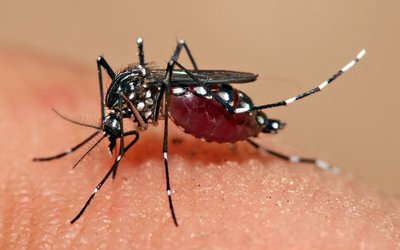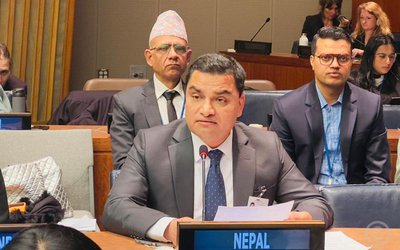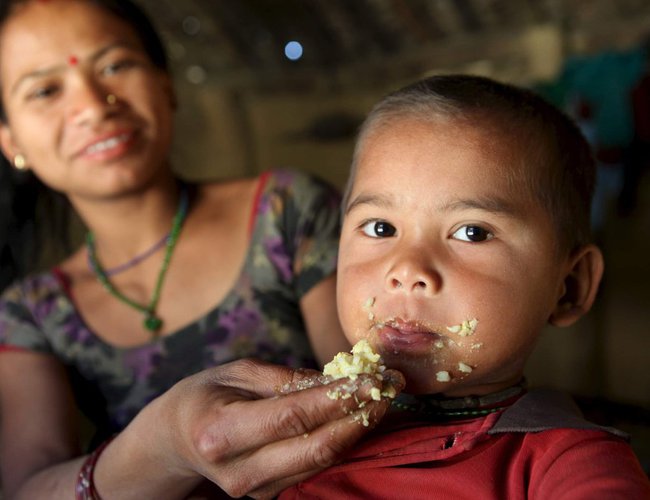
UNICEF releases the special issue of the Maternal and Child Nutrition onNutrition in Nepal: Three decades of progress for children and women.
Nepal achieved globally renowned progress in reducing child stunting and scaling up nutrition services during the Millennium Development Goals era (2002 -2016), despite periods of political and economic instability, according to a special supplement of the Maternal and Child Nutrition Journal. However, the country still faces considerable nutrition-related challenges. Progress towards the Sustainable Development Goal (SDG) targets on stunting and wasting is not advancing at the speed, scale or equity required, and may be further derailed by the effects of the COVID-19 pandemic.
UNICEF’s “Nutrition in Nepal: Three decades of progress for children and women”, brings together a set of nine original articles that examine the drivers of success and identify where greater policy and programmatic action is needed to achieve the SDG nutrition targets.
Besides that Nepal has also made some extraordinary success in around maternal and child nutrition.
Stunting in children (under the age of two) decreased by 24-percentage points between 1996 (57 percent) and 2016 (33 percent). This was due to the increased coverage of health and nutrition services and improvements in household wealth, parental education, and sanitation.
Between 1996 and 2016, the early initiation of breastfeeding saw an increase from 18 percent to 56 percent, and complementary feeding increased from 54 percent to 77 percent.
More women took sufficient iron and folic acid supplements during their pregnancy, with an increase in the percentage from only 6 per cent in 2001 to 71 per cent in 2016.
Thanks to the involvement of more than 50,000 female community health volunteers, Nepal saw an increase in access to and demand for iron-folic acid supplementation by communities. This was combined with earlier and more frequent antenatal care visits.
Vitamin A supplements have been given consistently to over 80 per cent of children (aged between 6 and 59 months) and saved the lives of an estimated 45,000 children under the age of five, between 2002 and 2015.
Between 1998 and 2016, the percentage of households using adequately iodized salt doubled from 35 percent to 77 percent.
“Optimal maternal and child nutrition is the basis for developing a resilient society. The decline in the number of malnourished children, improvements in healthfacilities and services, and the multisectoral approach used in Nepal over the past three decades - noted in the supplement of the Maternal and Child Nutrition Journal - are a testament to the Government of Nepal’s commitment to reducing all forms of malnutrition. The European Union is proud to support and complement the Government’s ongoing efforts to improve the nutrition status of women and children of Nepal,” said EU Ambassador to Nepal, Nona Deprez.
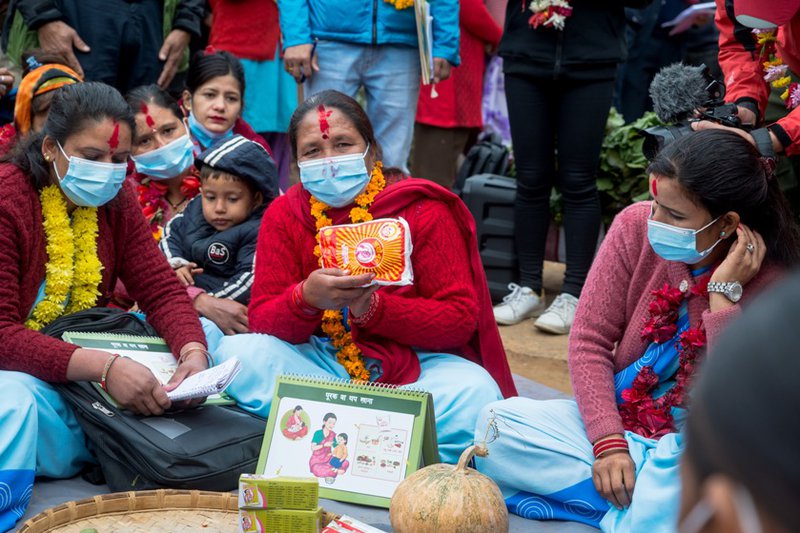
According to the journal supplement, this pivotal progress in nutrition has been possible in Nepal through the progressive actions taken by successive governments. The Government of Nepal utilized ground-breaking research to test interventions and overcome challenges related to, for example, vitamin A supplementation. The Government is also committed to enforcing mandatory legislation such as salt iodization that protects children’s nutrition. The investment in health posts and temporary health centers to reach children and women - in particular, Nepal's workforce of Female Community Health Volunteers - have been crucial in achieving reaching a significant proportion of children with vitamin A supplements and pregnant women with iron and folic acid supplements. Also, investment in other sectoral programmes during the Millennium Development Goal era—including education and sanitation of children—has strengthened children’s overall growth. Furthermore, the Multi-Sector Nutrition Plan (MSNP) has driven multisectoral and multistakeholder action for nutrition across the full life-cycle, which has also contributed to the progress achieved.
Today, Nepal has a very different policy and programmatic landscape from that at the start of the MDG era, and there are new opportunities and challenges in the quest to achieve the national and global targets on nutrition. Recently, the COVID-19 pandemic has become a human and socio-economic crisis that threatens to unravel past progress on nutrition.
“The learning from the past 25 years that are incorporated in the supplement of the Maternal and Child Nutrition Journal are invaluable. These will inform and contribute to future improvements within the nutrition programme in Nepal,” said Ms. Elke Wisch, UNICEF Representative to Nepal. “The data provided in the supplement will help us to improve maternal, adolescent, and child nutrition by scaling up essential nutrition-specific and nutrition-sensitive interventions and ensure an enabling environment for nutrition. However, we must act now, given the impact that the pandemic has had on the nutritional health of mothers and their children”
UNICEF calls upon the government and partners to improve the health of children in Nepal, by giving greater attention to improving access to nutritious, safe, affordable, and sustainable diets throughout childhood, adolescence and in the years of childbearing. As economic, social, and physical constraints to nutritious diets coexist, a multisystem approach involving food, health, water and sanitation, education and social protection systems are needed.
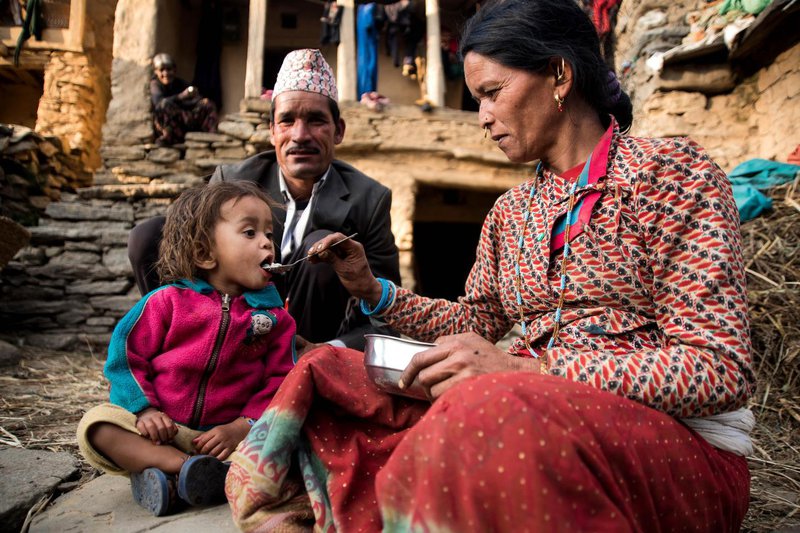
Also necessary are:
-Integrating essential nutrition services into the existing service delivery platforms of facility-based health workers (e.g., family planning, antenatal, delivery and post-natal care and well-child and sick-child care) and continuing to strengthen community-based nutrition services through Female Community Health Volunteers to reach more women and children.
-Using multiple communication channels to reach caregivers with factual information, advice and counselling on infant and young child feeding and dietary practices for older children, adolescents and women.
-Strengthening local government leadership and management capacities to plan, budget, implement and monitor nutrition programmes and services, and maintain Nepal's commitment to generating data, information, and evidence to assess progress and inform decisions.
- MELAMCHI WATER SUPPLY: No Interruption During Monsoon
- Jun 25, 2025
- KOREAN RETURNEES: Successful Integration
- Jun 25, 2025
- UPPER TRISHULI-1: Engaging With Local
- Jun 25, 2025
- IME GROUP: Twenty Five Years Of Journey
- Jun 24, 2025
- NEPAL’S AIR POLLUTION: A Growing Health Concern
- Jun 24, 2025

